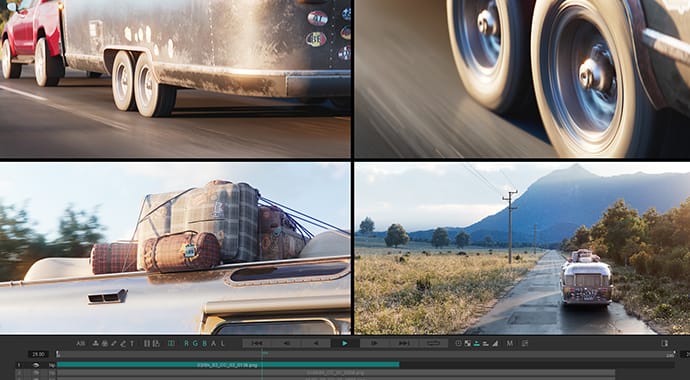Chaos Player, update 1 is here.
Manage your projects even better with contact sheets. Easily review and choose between sequence versions, and ensure that your render elements contain all the necessary image data.
Save time and work with Chaos Player even more intuitively thanks to all the enhancements that update 1 introduces. Plus, we’ve added a number of fixes requested on the forum.
